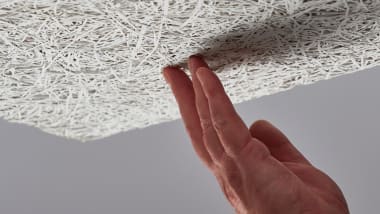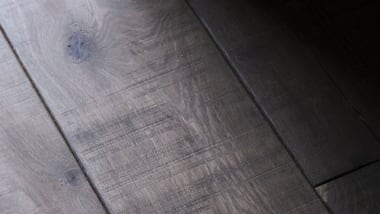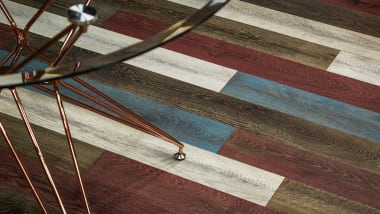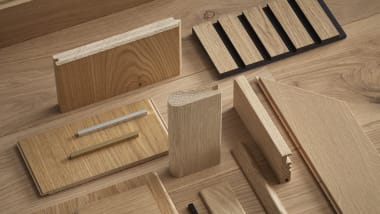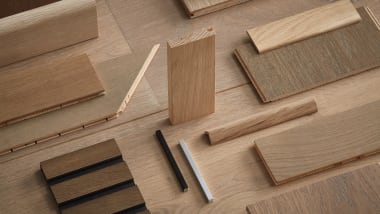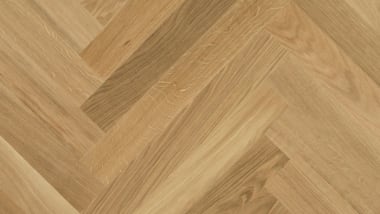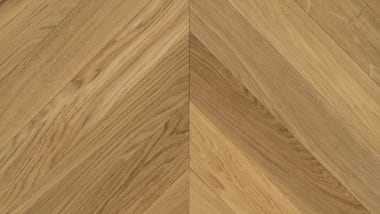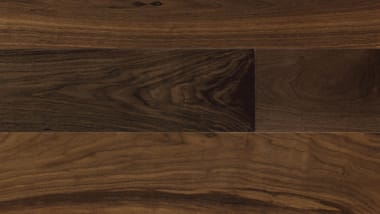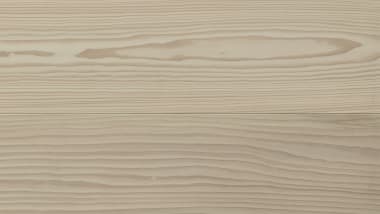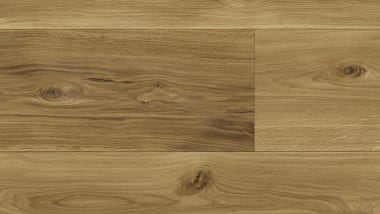The Best Flooring for Basements
19 Apr 2025
Basements are no longer just places for storage or laundry. Today, they’re often transformed into home offices, media rooms, guest suites, or workout spaces. With this evolution in how basements are used comes the need for flooring that’s not just practical, but beautiful too. If you’ve been wondering whether it’s possible to install wood flooring in a basement, the answer is yes, so long as you choose the right kind.
One of the biggest misconceptions about wood flooring is that it can’t handle basement environments. While that’s true for solid hardwood, it doesn’t apply to engineered wood flooring. With advanced construction and finishes, engineered wood flooring is a smart and stylish option that works exceptionally well in moisture-prone, below-grade spaces. If you’re looking to create a polished, inviting look in your basement, engineered wood flooring offers the ideal solution.
Can You Really Use Wood Flooring in a Basement?
The short answer is yes, but not just any wood flooring. Solid hardwood is not suitable for basements because it expands and contracts significantly in response to changes in moisture and temperature. This movement can cause warping, cupping, or gapping, all of which are costly and frustrating to fix.
Engineered wood flooring is designed specifically to avoid these issues. It features a real hardwood top layer supported by a multi-layered core, typically plywood or high-density fiberboard, which offers excellent dimensional stability. This layered design allows engineered wood to perform far better in basements, where the environment is less predictable. That means you can have all the warmth and character of real wood flooring without the common risks.
Why Engineered Wood is the Best Choice for Basements
What makes engineered wood so effective in basement settings is its inherent construction. Its multi-layer design is significantly more stable than traditional hardwood, allowing it to withstand the seasonal humidity changes often found below grade. It’s far less likely to warp or expand, and it can be installed in ways that are suitable for concrete subfloors.
This type of wood flooring also lends itself to a floating installation method, which doesn’t require adhesive or nails, making it ideal for basement use. Floating floors allow for natural movement and expansion while also accommodating underfloor insulation or heating systems. Plus, engineered wood works beautifully with radiant heating systems, which can be a huge plus in a space that tends to feel cooler.
Aesthetically, engineered wood flooring provides the same visual appeal as solid wood. Brands like Havwoods offer a wide range of finishes, tones, and patterns that make it easy to design a basement that’s just as inviting as the upper levels of your home.
Preparing Your Basement for Wood Flooring
Installing wood flooring in a basement does require a bit of extra prep, but it’s worth it to ensure your flooring performs at its best. Moisture testing is a critical first step. Even if your basement feels dry, it’s important to use a moisture meter to assess the condition of the concrete subfloor. High moisture content must be addressed before installation begins.
Once the subfloor is confirmed to be dry and stable, it needs to be thoroughly cleaned and levelled. Any uneven areas should be smoothed out, and cracks or gaps should be filled. After that, a vapor barrier should be installed. This thin, moisture-resistant layer adds a layer of protection between the subfloor and the flooring, helping to prevent long-term issues from residual ground moisture.
Acclimating your flooring before installation is another important step. By letting the engineered wood sit in the space for a few days, you allow it to adjust to the room’s temperature and humidity, minimizing the risk of movement after installation.
What to Look for in Wood Flooring for Basements
When choosing wood flooring for basements, there are a few key product characteristics that make all the difference. First and foremost, you want to ensure the flooring is engineered not solid. Look for boards that are constructed with multiple layers and have a wear layer between 3mm and 6mm thick. This thickness adds durability and allows for future refinishing if needed.
You should also check that the flooring is compatible with floating installation, especially if you're laying it over concrete. A floating floor system makes for quicker installation and provides flexibility in movement. The finish of the wood also matters; options like UV oiled or matt lacquered provide a protective seal that helps resist wear and moisture exposure.
The flooring profile should include tongue-and-groove edges to ensure a tight and secure fit between planks, reducing gaps. And of course, aesthetics are important too. Whether you love light tones like the blonde finish of Amazon 13, a more rustic tone like Cedro Character, or a striking herringbone layout such as Cedro 120mm Herringbone, there are plenty of designs that suit both style and function.

Design Ideas for Transforming Your Basement
With the right flooring, your basement can feel like a natural extension of the rest of your home. If your goal is to brighten up a dim space, choosing a light-colored wood floor such as Blanco 13 can reflect natural and artificial light beautifully, making the area feel more open and spacious. On the other hand, if you want to create a warm, cozy atmosphere, honey-toned finishes like Cedro 12 Character are a fantastic option.
Herringbone and chevron patterns are particularly effective for adding visual interest and architectural style to what might otherwise be a plain room. These layouts help define zones within open-concept basements and bring a refined, designer feel to the space.
Because engineered wood flooring comes in so many finishes and tones, it’s easy to match your basement to the design scheme upstairs. This continuity can make your entire home feel more cohesive and connected.
Caring for Wood Flooring in a Basement
One of the biggest perks of engineered wood is how easy it is to maintain, even in a basement. Regular cleaning is simple: use a soft-bristle vacuum or a dry microfiber mop to remove dirt and dust. For deeper cleans, a lightly damp mop and a wood floor cleaner that’s pH-neutral will do the trick; just avoid excess water, which is never ideal for wood.
It’s also a good idea to place mats or rugs near entrances to catch debris, especially if your basement has an exterior door. Keeping humidity levels consistent year-round using a dehumidifier, if necessary, can further protect your floors and ensure longevity.
A Practical and Stylish Investment
More and more homeowners are realizing that engineered wood flooring is a smart investment for their basements. It elevates the space, makes it more livable, and adds significant value to the property. In addition to being functional and attractive, many engineered wood products, like those from Havwoods, are sustainably sourced, making them a responsible choice for environmentally conscious design.
With the right choice of flooring, your basement doesn’t have to feel like an afterthought. It can become a natural, elegant extension of your living area that’s durable enough to handle life’s demands.
Final Thoughts
Gone are the days when basements had to settle for cold tiles or unfinished concrete. Thanks to engineered wood, you can now bring warmth, comfort, and high-end style to your basement without compromising on performance. With options designed to withstand moisture and temperature fluctuations, wood flooring for basements is no longer just a possibility, it’s the best choice for a modern home.
Ready to transform your basement with premium flooring that performs as beautifully as it looks? Explore Havwoods’ engineered wood flooring collections or request a sample today to get started.



